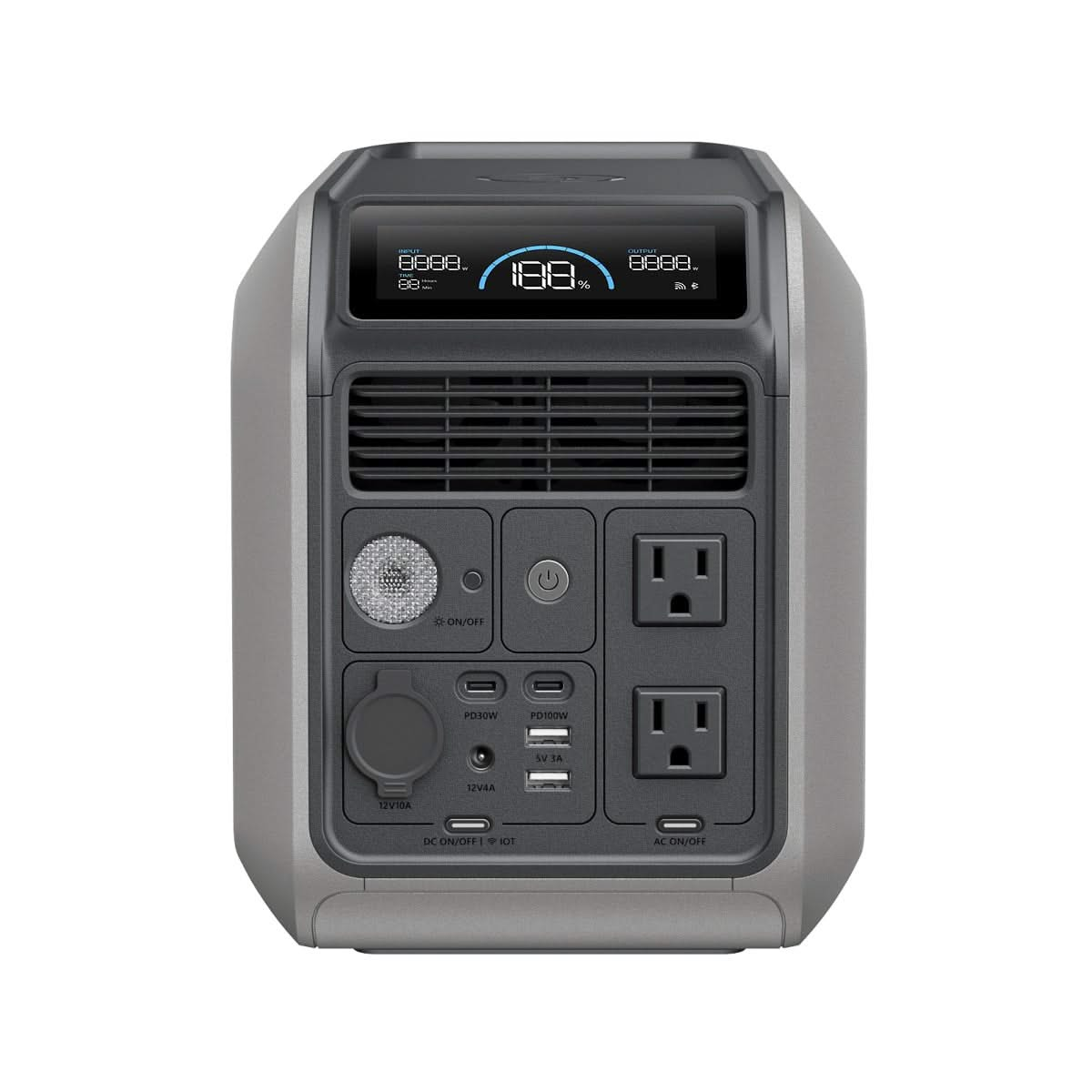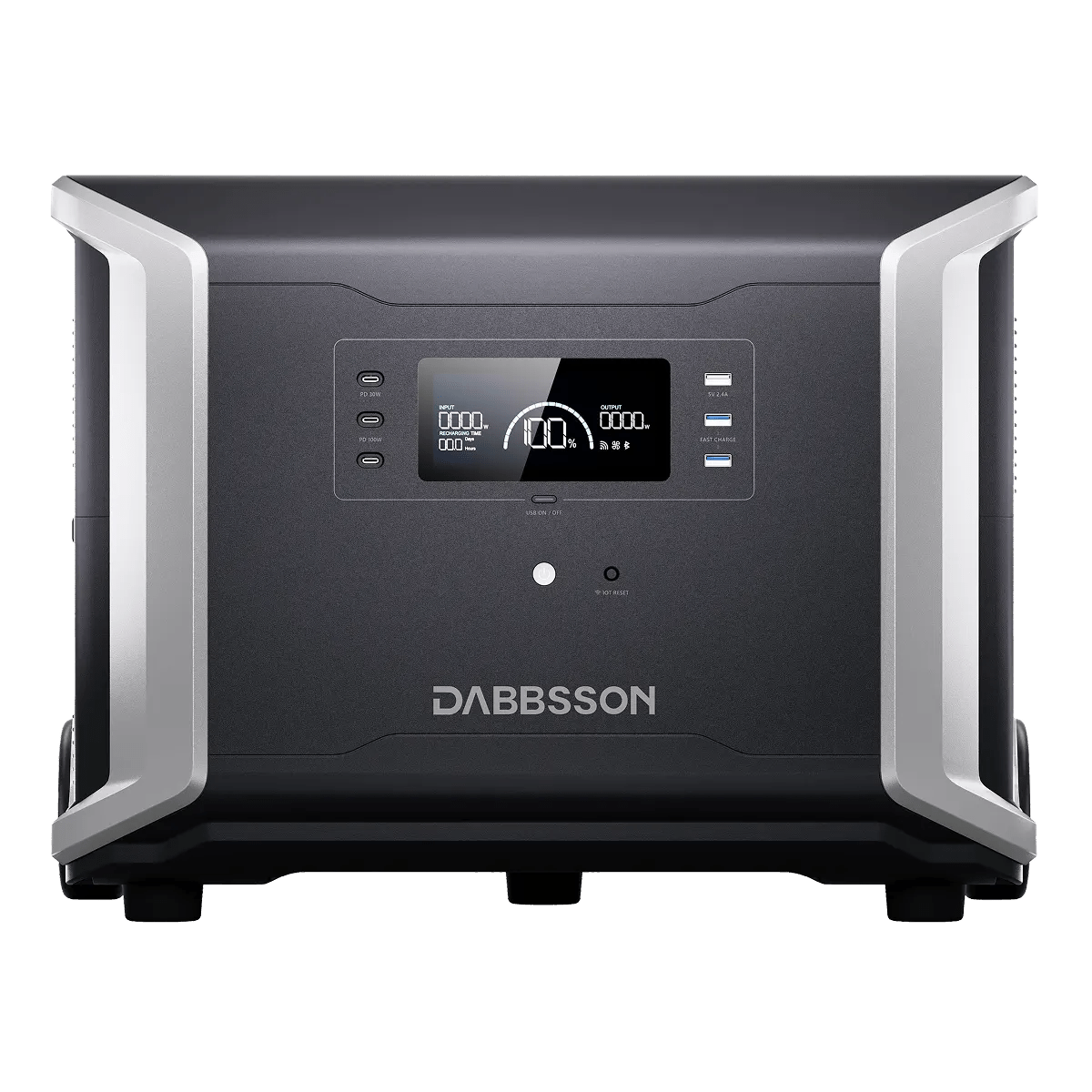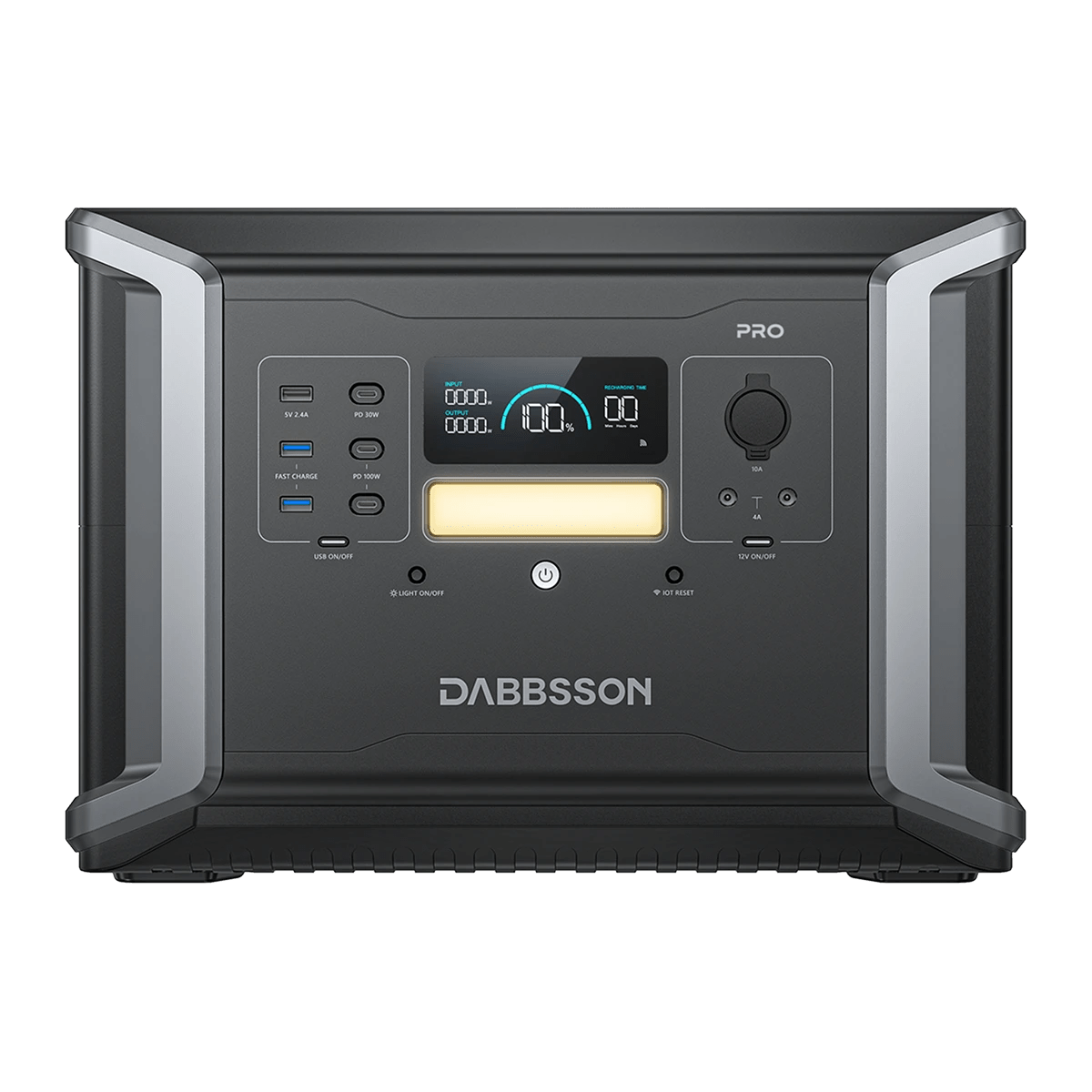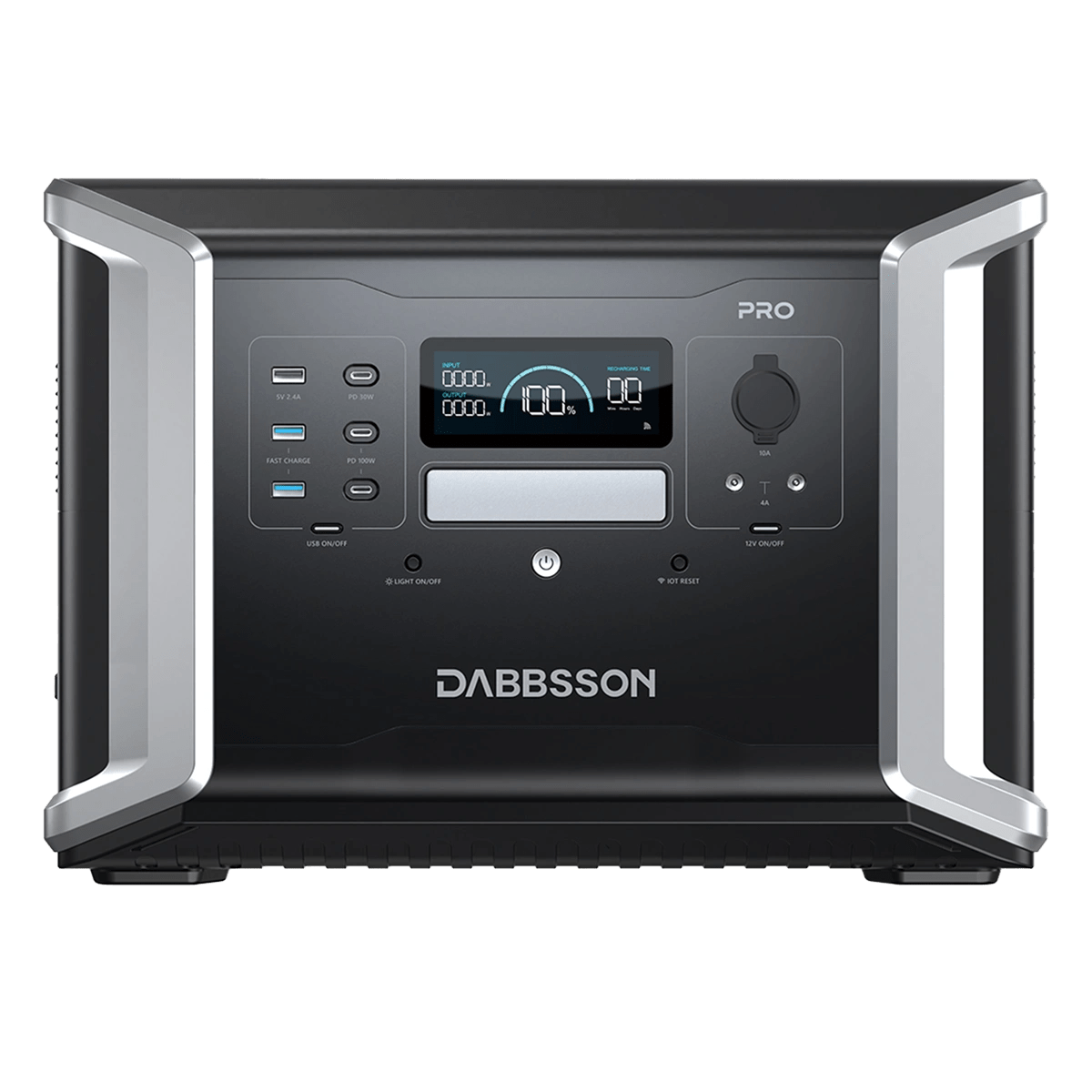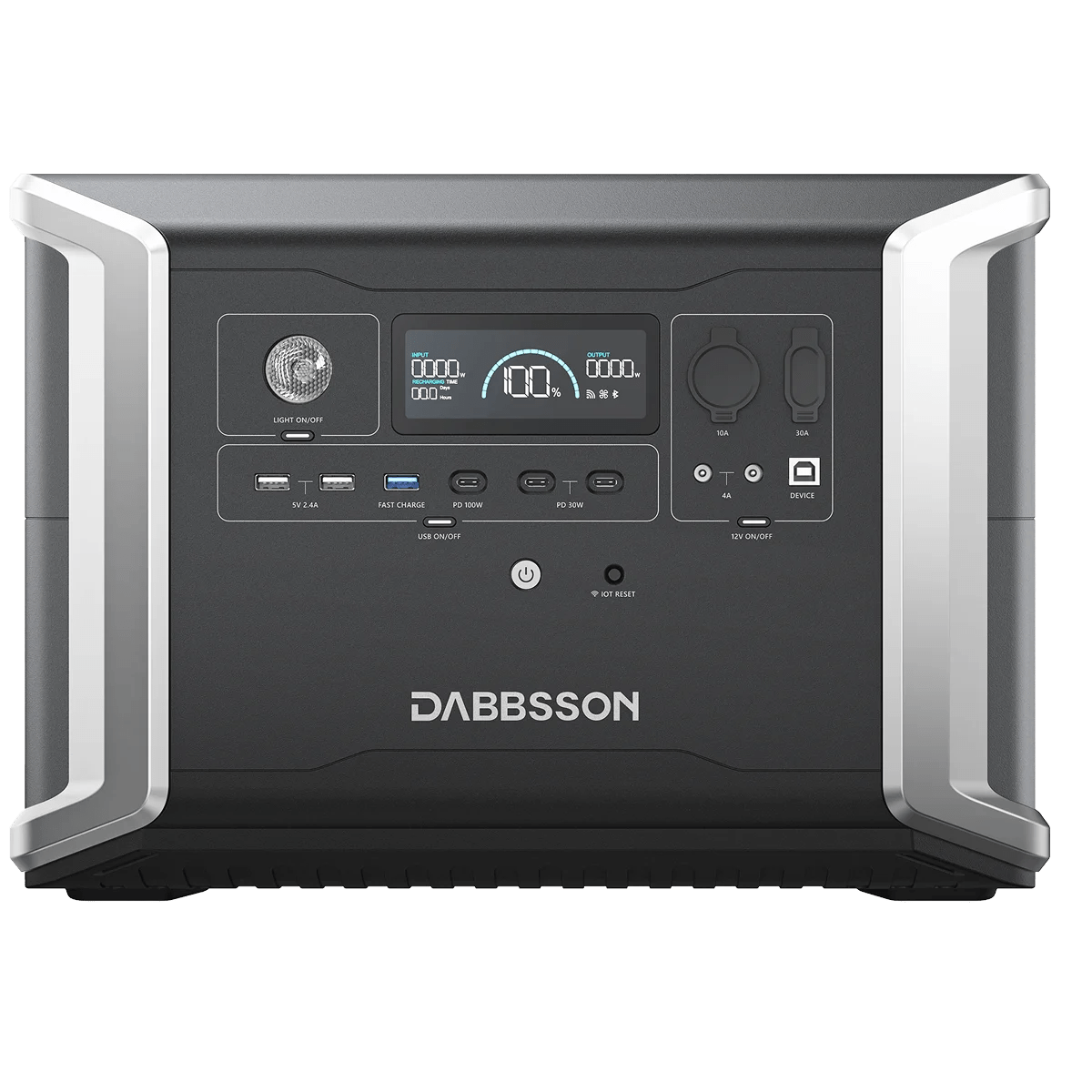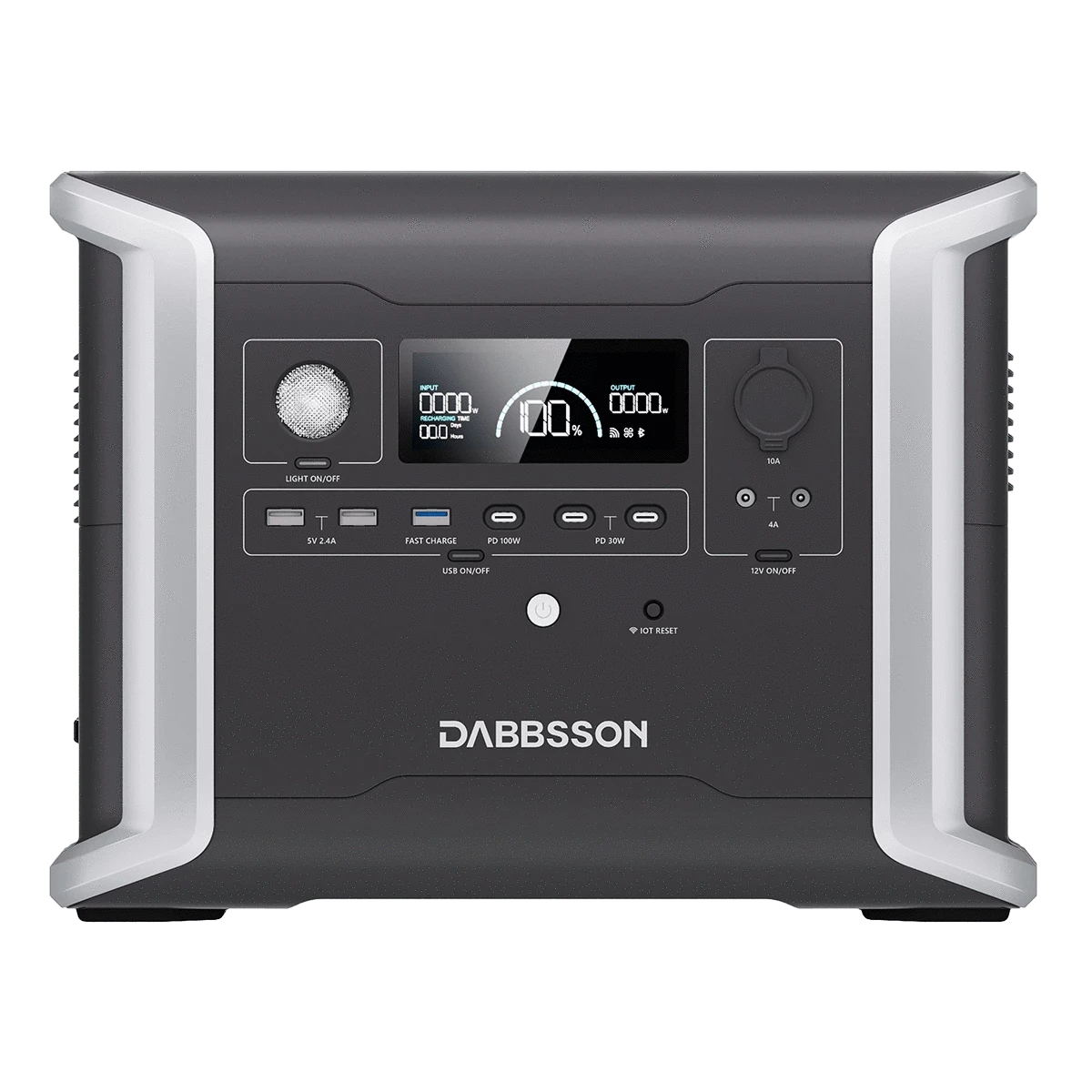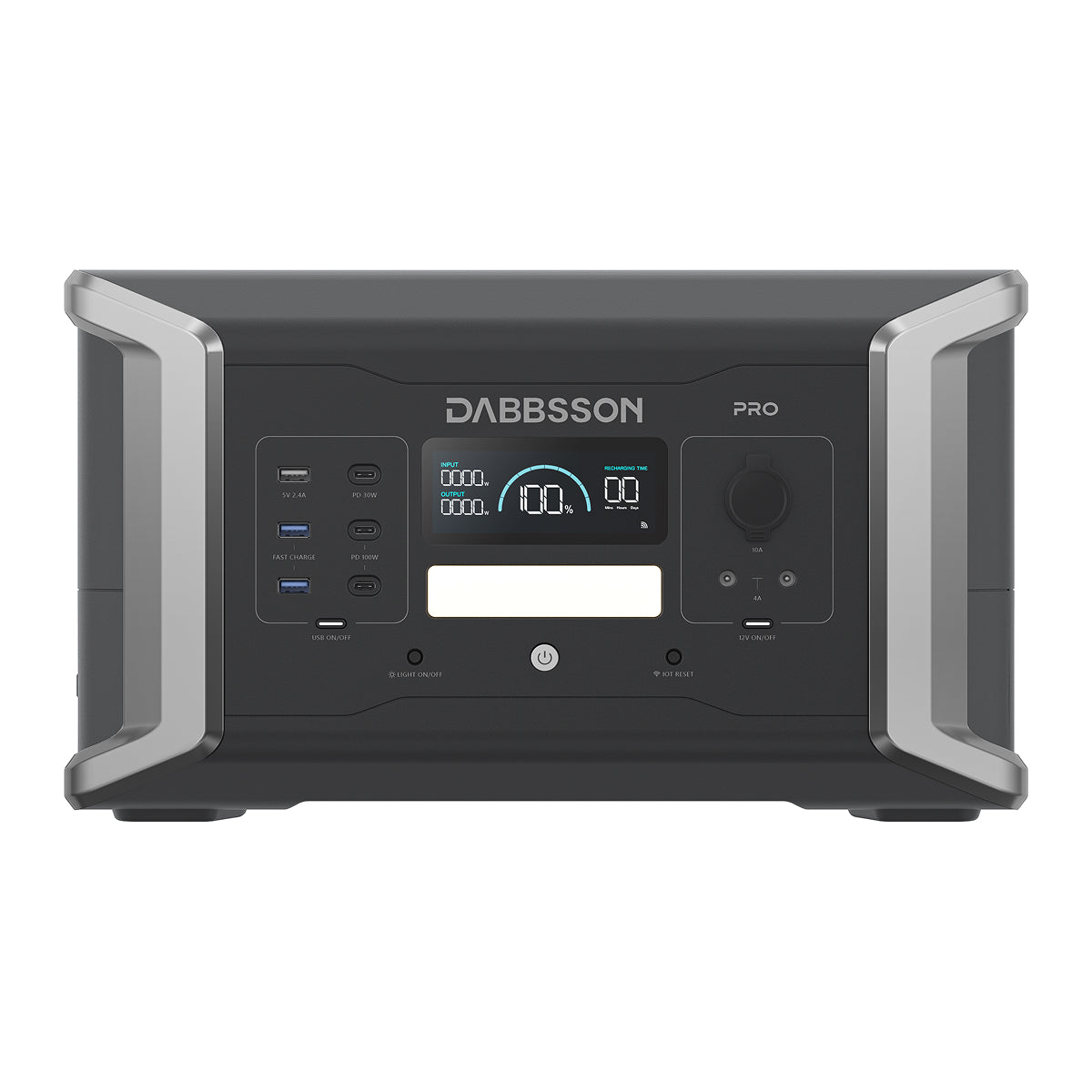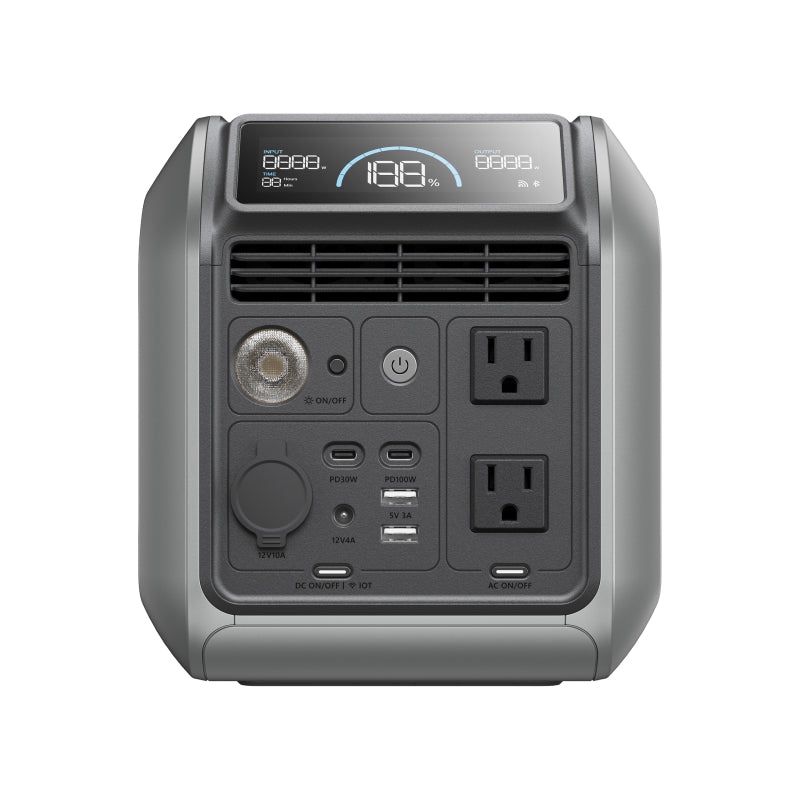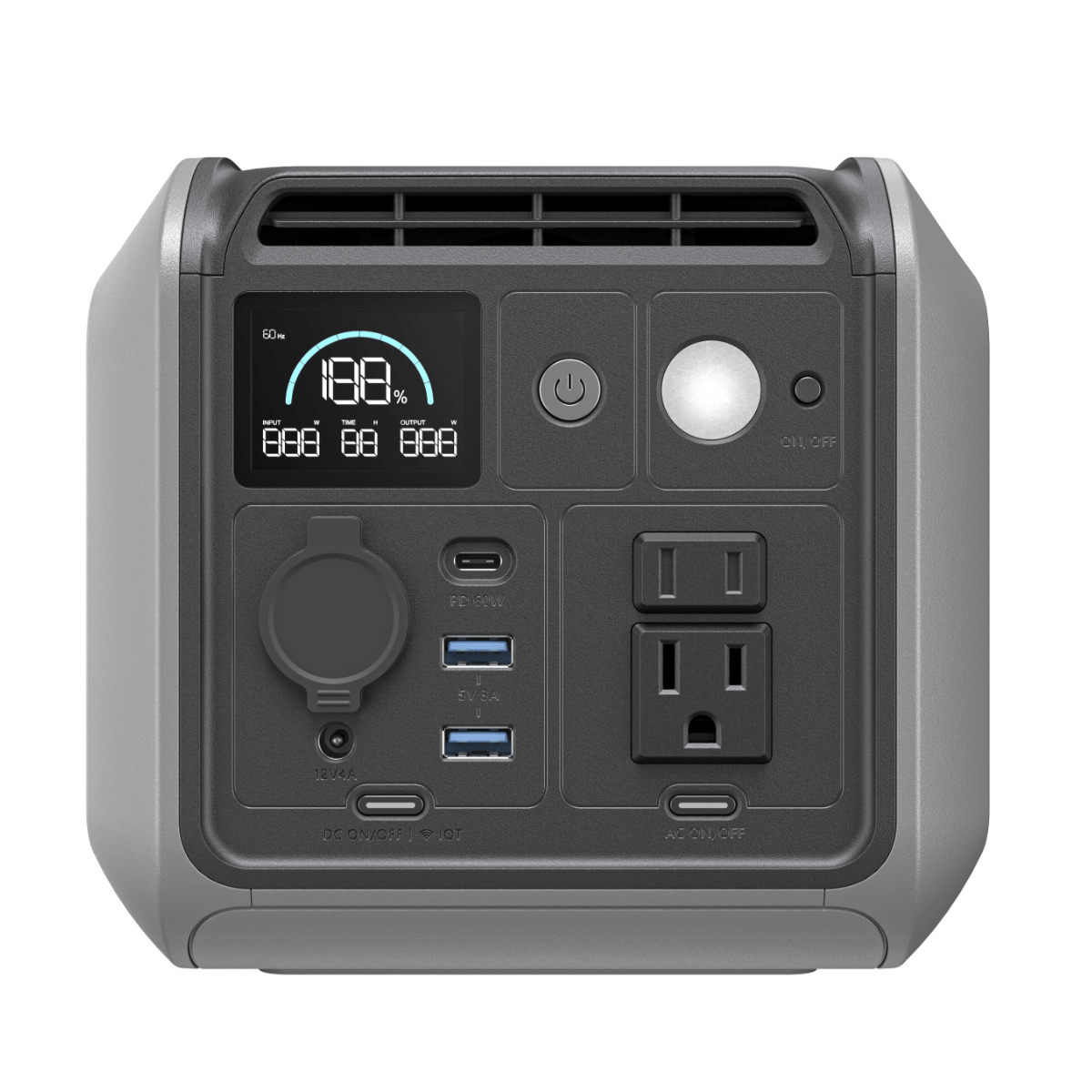Filters
11 products
What is a Portable Power Station?

A portable power station is a battery-powered generator that keeps your devices running wherever you are. Dabbsson portable power stations come in a range of capacities, outputs, and ports to meet your specific needs - whether you're looking for a compact unit for camping or a reliable backup power source at home. Stay powered anytime, anywhere with Dabbsson.
How Does a Portable Power Station Work?
A portable power station stores and converts energy from your wall outlet, car adapter, or clean, renewable power from Dabbsson solar panels. With multiple outlet types, it powers nearly all household devices—anytime, anywhere. Just plug in and charge.

Outdoor

Home Backup
FAQ
Why Is Buying a Portable Power Station Worth It?
A portable power station isn’t just ideal for outdoor enthusiasts—it’s also a practical choice for modern households looking to boost energy independence and stay prepared for emergencies. As power stations become more affordable, offer larger capacities, and benefit from advancements in solar technology, their value as an investment continues to grow. As long as you choose the right brand and capacity, buying a portable power station is absolutely worth it.
How to Charge a Portable Power Station?
Charging methods vary by brand and model. For example, the Dabbsson 2000L supports multiple options:
AC Wall Outlet – Plug it into a standard home socket for fast charging.
Solar Panels – Connect compatible solar panels to harness clean, renewable energy.
Car Charger – Use a 12V car outlet for on-the-go charging.
AC + Solar Combo – Maximize input speed by combining wall and solar charging, reaching up to 1400W for a full charge in just 96 minutes.
Are Portable Power Stations Safe?
The safety of portable power stations primarily depends on the type of battery chemistry used. Lead-acid and VRLA (Valve-Regulated Lead-Acid) deep-cycle batteries require proper installation, ventilation, and regular maintenance to operate safely. Traditional lithium-ion (Li-ion) batteries are generally safer and require little maintenance, but in rare cases, they can experience thermal runaway, potentially leading to fire or explosion.
Lithium iron phosphate (LFP or LiFePO4) batteries, on the other hand, are much safer for indoor use and more environmentally friendly, as they contain no cobalt. Dabbsson power stations use EV-grade semi-solid battery technology, offering enhanced safety, stability, and sustainability.
What is the Difference Between Portable Power Stations and Generators?
The fundamental difference between a portable power station and a generator lies in their function: a generator produces electricity, while a portable power station stores electricity in a built-in battery.
For example, Dabbsson portable power stations use high-capacity lithium batteries that can be charged in advance through wall outlets, car adapters, or solar panels, allowing you to power your devices anytime, anywhere. By connecting to portable or rigid solar panels, Dabbsson power stations can be upgraded into solar generators, converting sunlight into electricity through the photovoltaic effect for clean, renewable energy.
Unlike many portable power units on the market that only support AC wall charging, Dabbsson models—such as the 2000L—offer multiple charging options, including:
Home AC outlets
Car charging
Dabbsson solar panels
Dual input fast charging via AC + solar (up to 1400W)
This flexibility makes Dabbsson more than just a battery—it’s a lightweight and reliable power solution for home backup, camping, and emergency use.
How Long Can a Portable Power Station Run?
The runtime of a portable power station varies significantly, mainly depending on two key factors: battery storage capacity and the power load. In other words, the battery’s capacity—measured in ampere-hours (Ah), watt-hours (Wh), or kilowatt-hours (kWh)—combined with the power consumption of the devices and appliances you want to run, determines how long the power station can supply energy between charges.
For a portable power station to operate any device, its AC output power must exceed the device’s power demand, including both startup and running watts. For example, a typical 50-inch LED TV consumes about 72 watts on average during operation.
Let’s take the Dabbsson DBS3500, which has a battery capacity of 3430Wh. To estimate its runtime powering the 50-inch TV:
Runtime (hours)= Device Power (W)/Battery Capacity (Wh) = Runtime (hours)=72W/3430Wh≈47.6 hours
This means the DBS3500 could theoretically power the TV for about 47.6 hours on a full charge, assuming ideal conditions.
However, other factors such as ambient temperature, battery discharge depth, and the efficiency of the inverter also affect the actual runtime. Different battery chemistries have varying performance characteristics under different conditions, so real-world usage may vary.




